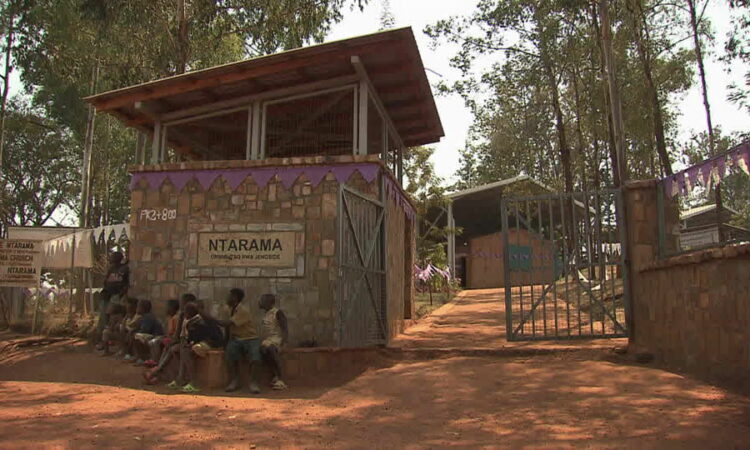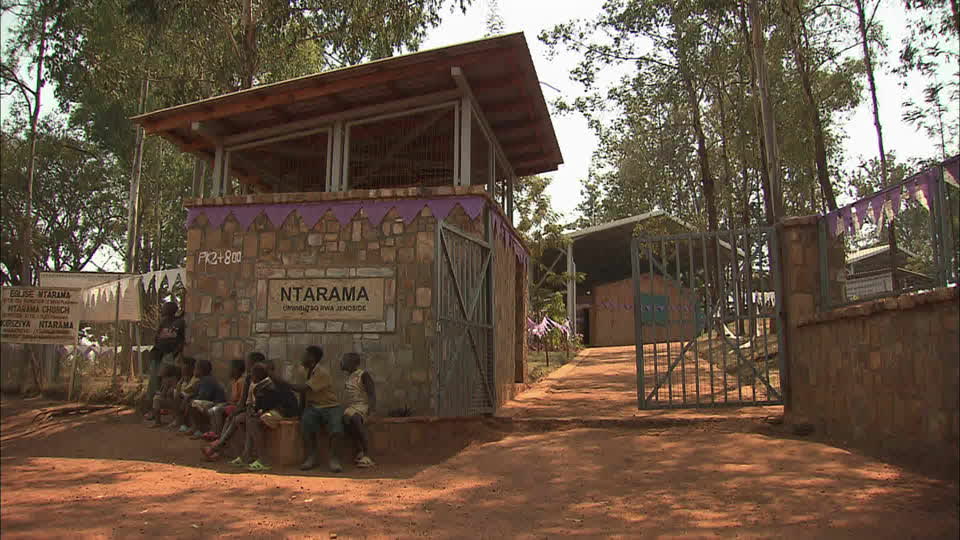The Top 7 Best Museums In Kigali, Rwanda : Kigali, a thriving city, is known as one of the safest and cleanest capitals in Africa. However, it is also associated with the tragic incidents of its past, specifically the Rwandan Genocide of 1994, which claimed the lives of about one million people. Visits to Kigali’s museums and memorials can be very emotional because many of them are there to honor the genocide victims. Visit Kigali’s lesser-known museums to learn about the nation’s colonial past, rich cultural traditions, and vibrant contemporary art scene after you have thoroughly explored this ghastly period of Rwandan history.

The last Saturday of every month is Umuganda, a national holiday set aside for required community service, and April 7 is Tutsi Genocide Memorial Day, so most museums in Rwanda are closed on those days. Here are the top 7 best museums worth visiting in Kigali:
Kigali Genocide Memorial
Beginning on April 7, 1994, the Hutu government’s militias massacred nearly one million of their fellow Rwandans, the majority of whom were Tutsis, over the course of about 100 days. At the Kigali Genocide Memorial, which has three exhibition halls devoted to the Rwandan Genocide and massacres in Namibia, Armenia, Cambodia, and Europe, visitors can learn more about the causes and effects of this tragedy. The museum’s mission is to remember the victims while educating visitors about what happened and how to prevent future atrocities. Additionally, it serves as the final resting place for over 250,000 genocide victims who are interred on the property in mass graves. Pay your respects at the burial site and its accompanying wall of names after taking a guided tour of the museum. The memorial is free to visit and open daily from 8 a.m. to 5 p.m.
Campaign against Genocide Museum
The Kigali Parliamentary Building houses the Campaign against Genocide Museum. When 600 members of the Rwanda Patriotic Army (RPA) traveled to the capital in December 1993 to assist in putting the Arusha Accords’ new transitional unity government into effect, they were housed here. However, before the government could be established, genocide broke out, leaving the soldiers as the Tutsis’ only line of defense after first-world countries largely failed to help. The monument’s exhibits and statues honor the soldiers’ valor and the lives they were able to save by putting an end to the genocide in July 1994. Paul Kagame, the current president of Rwanda, who served as the RPA’s leader, inaugurated the memorial museum in their honor in 2017. Every day from 8 a.m. to 5 p.m., the museum is open; admission is 4,500 francs ($4.50).
Belgian Peacekeepers Memorial
The Belgian Peacekeepers Memorial, also known as the Camp Kigali Belgian Memorial, commemorates the 10 Belgian peacekeepers who were killed on April 7, 1994, in one of the first atrocities of the genocide while serving with the United Nations Assistance Mission for Rwanda (UNAMIR). The soldiers, who had been dispatched to Rwanda to aid in the implementation of the Arusha Accords, perished while attempting to defend Agathe Uwilingiyimana, the prime minister of Rwanda, from the militia. Following the assassination of Uwilingiyimana, her husband, and all ten soldiers on April 12, Belgium withdrew its troops from UNAMIR. Visitors can now see the building where the murders took place, which is littered with bullet holes, as well as the ten stone pillars, one for each of the dead peacekeepers.
Ntarama Genocide Memorial
Travel 50 minutes south of Kigali to Ntarama Church if you want to feel the effects of the genocide more deeply. 5,000 Tutsi parishioners sought refuge in the church on April 15, 1994, but were mercilessly murdered there instead. Visitors can still see the crooked window panes and missing bricks where the Hutu militia broke into the church today. One wall is lined with human bones and skulls, as well as blood-stained clothing from the victims. Many people still associate the church with horror and fear, making going there a gruesome experience. But for those few people who could be identified after the massacre, a wall of names serves as a more intimate memorial, and the landscaped gardens offer a place to reflect. The daily hours for the church are 8 a.m. to 4 p.m.

Kandt House Museum
Richard Kandt, the first colonial governor of Rwanda, is remembered by the name of the Kandt House Museum, which is situated inside his residence. It provides a glimpse into Rwandan history through three separate exhibitions that are each filled with antiquated photos and artifacts. The first provides an illustration of the political, social, and economic aspects of life in Rwanda prior to colonization. The second is devoted to the colonial era’s events, first under Germany and then under Belgium; this is particularly interesting because the exhibit demonstrates how racial divisions were used by colonial authorities to maintain their own power, thus sowing the seeds for the subsequent genocide. The third section examines Kigali’s past, including its inauguration as Rwanda’s capital in 1962. Daily hours of operation are 8 a.m. to 6 p.m., and admission is 6,000 francs (about $6).
Rwanda Art Museum
The Rwanda Art Museum, which opened its doors in 2018, is housed in the former Presidential Palace, which is situated to the east of Kigali International Airport. It is primarily a museum of contemporary art, with works that range from ceramics and mixed media to paintings and sculptures. The museum regularly hosts temporary exhibitions in addition to its permanent collection, which includes works by Rwandan and international artists. Additionally, it has an Art Kids’ Studio where kids can engage in creative activities firsthand. The only thing that’s left of the presidential jet that was shot down above Kigali on April 6, 1994, killing then-president Juvénal Habyarimana and starting the Rwandan Genocide, is visible in the former palace’s garden. The museum is open from 8 a.m. to 6 p.m. every day, and admission is 6,000 francs.
Inema Arts Center
Make your way to the Inema Arts Center in the city center if you don’t want to leave the center of the city to see some contemporary art. The self-taught painters and brothers who founded this gallery in 2012 have made it a center for artistic expression in Rwanda. It offers ten resident artists a place to practice and exhibit their work in a permanent exhibition that constantly features fresh paintings and sculptures. This entails that the general public can browse the products and buy them while also having the opportunity to interact with the designers. The gallery supports upcoming artists by holding frequent training sessions and workshops. Additionally, it offers Wednesday yoga sessions, Thursday happy hours, and Tuesday, Thursday, and Sunday dance performances. The Inema Arts Center is open every day from 8:30 a.m. to 6:30 p.m.


